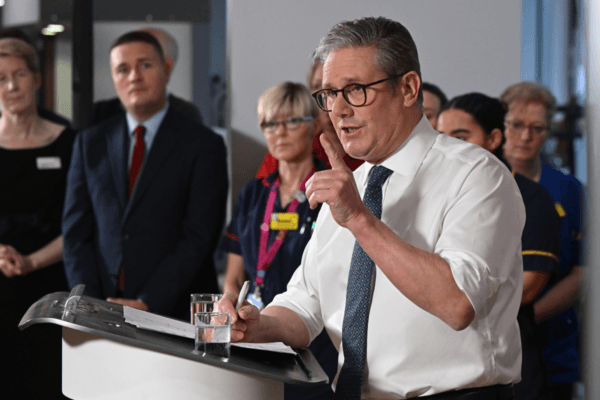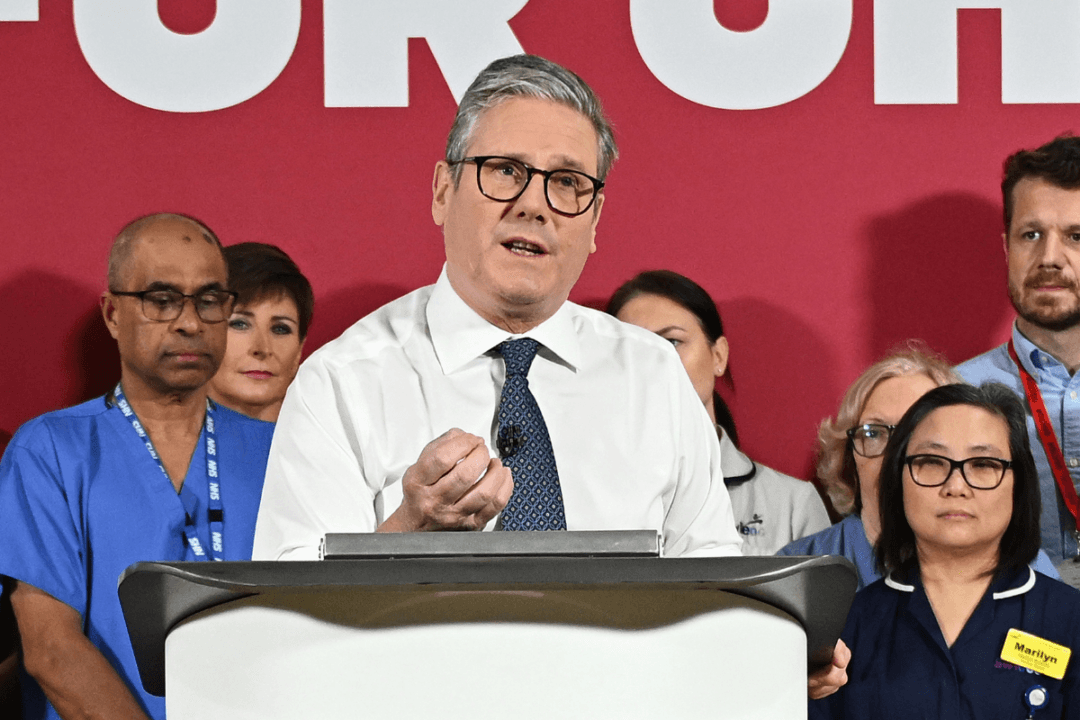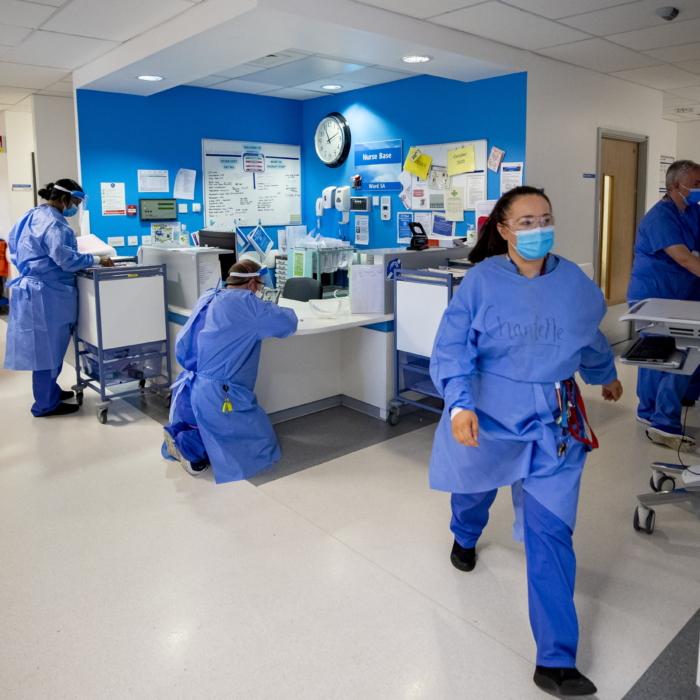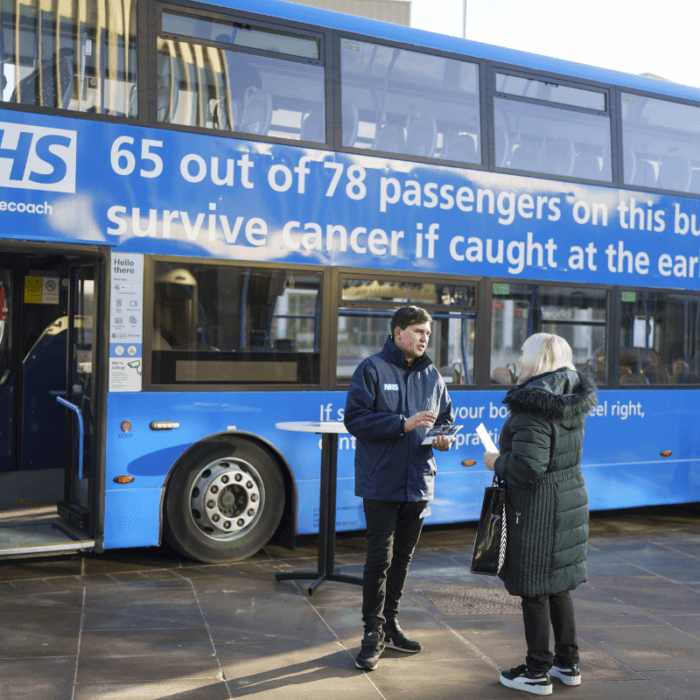Millions of patients will be able to access more appointments closer to home and during weekends and evenings, in a bid to bring down high NHS waiting lists.
This will be delivered by increasing the number of locations that provide medical services, using more technology solutions, and expanding the relationship between the NHS and the private health care sector.
The measures form part of the government’s Elective Reform Plan, which aims to get the NHS in a position where it is hitting the 18-week referral-to-treatment target by the end of this parliament.
There is currently 7.5 million patients on waiting lists for NHS services.
Community Diagnostic Centres
Up to half a million more appointments are expected to be created in total every year by expanding the use of Community Diagnostic Centres.These centres will be open seven days a week, 12 hours a day, so that patients can access tests and health checks closer to home and at times more convenient to them.
The NHS will also be creating 14 new surgical hubs within existing hospitals and expanding three others.
Expanding Partnership With Private Health Care
Outlining the plans in a speech during a visit to the Elective Orthopaedic Centre in Epsom in Surrey, the prime minister also announced that the government would be expanding the relationship between the NHS and the private health care sector.Speaking to the media after delivering his speech, Starmer rejected the notion that increased use of the independent sector signalled a move towards privatisation of the NHS.
Starmer said that private sector support “is not new” and “clearly we need to make best use of it” to cut wait times.
Use of Tech
The prime minister also said that there will be an “AI revolution in healthcare,” as he outlined how technology would play a bigger part in increasing efficiency in the NHS.The DHSC said AI will form a “central part of the government’s mission to rebuild the NHS” and will be used to save up to one million appointments each year by predicting which are mostly likely be missed.

Remote monitoring technology will also be deployed, such as wearable items that collect health data without patients needing to see a doctor in-person.
‘No New Ideas’
Responding to the government’s plans, the Conservative Party said that Labour was “building on our foundations” which were set out in the previous parliament, specifically in terms of diagnostic centres.Shadow health secretary Ed Argar told reporters the announcement showed that Starmer’s government has “no new ideas of their own for the NHS—despite promising change.”
“Patients cannot wait for more dither and delay from the Government who promised so much, and so far have delivered so little,” Argar added.
“Equally important to people are how long they are waiting for a GP appointment or an ambulance, for mental health care and for other services,” Woolnough said.
“We already have a two-tier health system—those who can and cannot pay to access care. We must guard against creating a third tier of the disenfranchised vulnerable, whose needs are often greatest, with the fewest choices in their lives already,” Banfield said.







